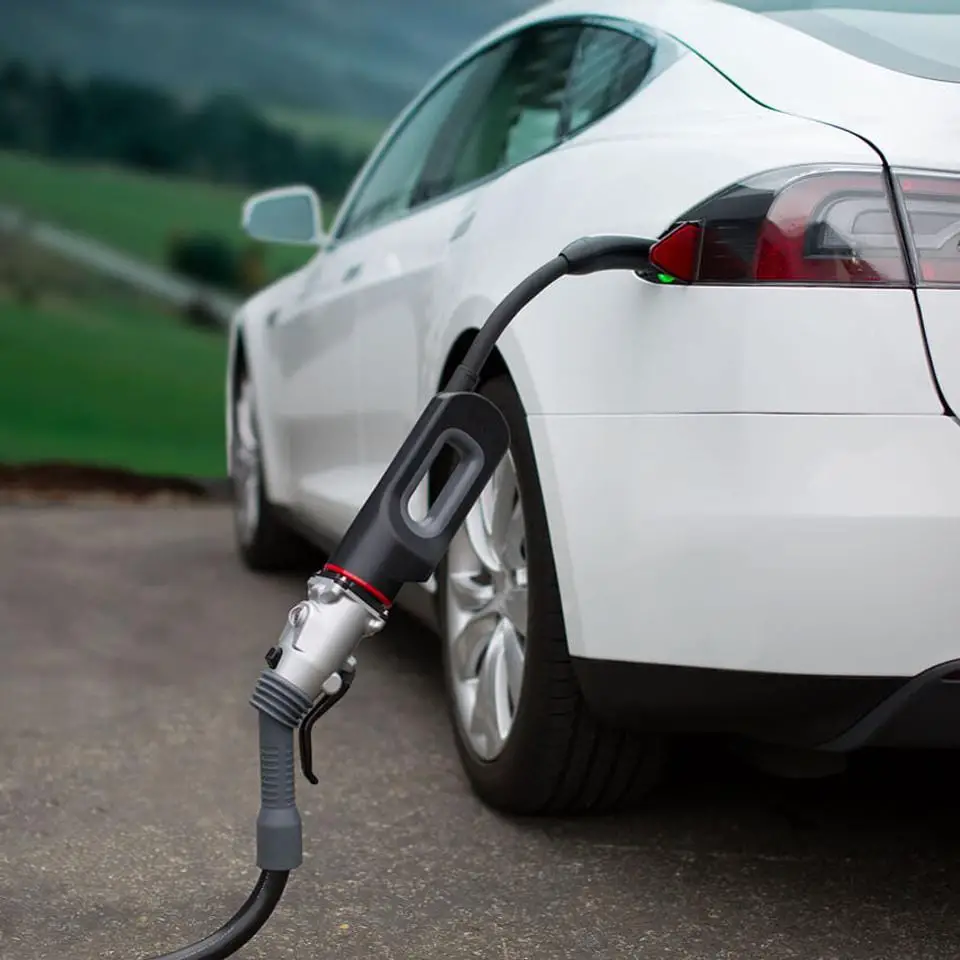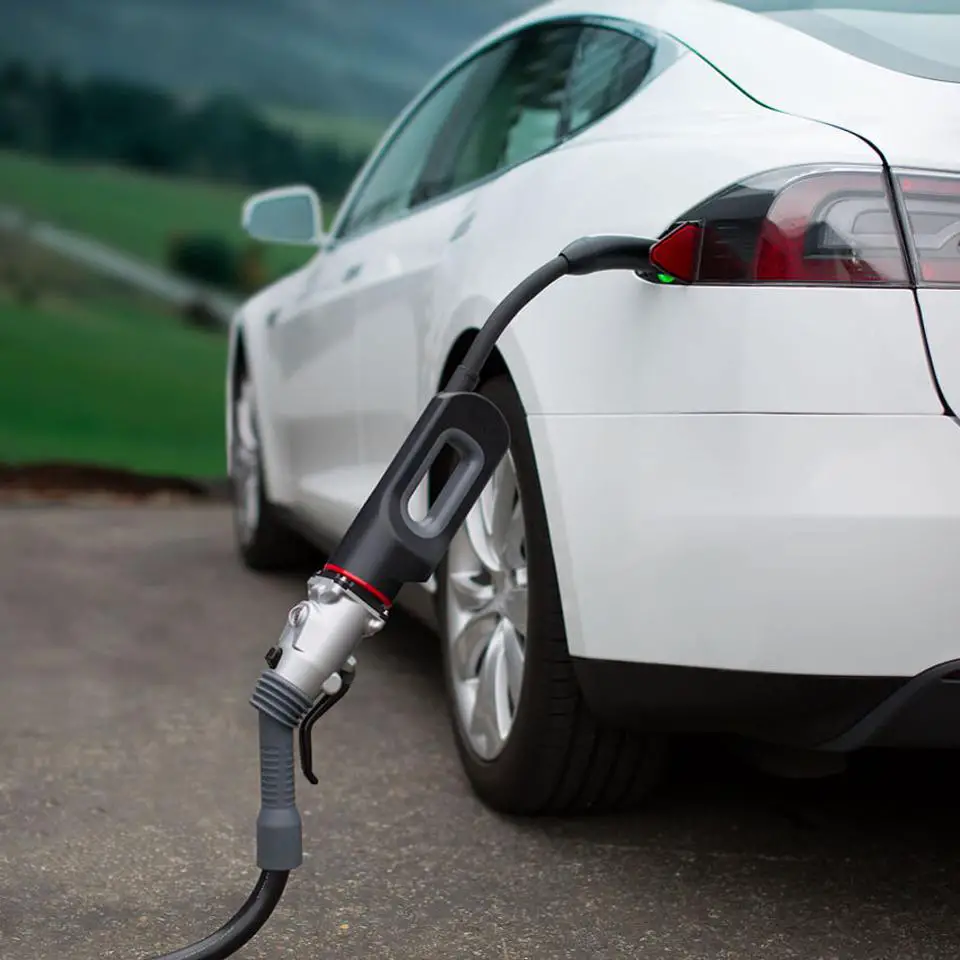The difference between AC and DC charging and EV charging explained.
There is an obvious difference between AC and DC charging, but not as diesel and petrol.AC stands for Alternating Current and DC stands for Direct Current. AC charges slowly while DC is fast.


There is an obvious difference between AC and DC charging, but not as diesel and petrol.AC stands for Alternating Current and DC stands for Direct Current. AC charges slowly while DC is fast. Most power that comes from the electricity is AC whereas batteries like those of smartphones and EVs store power as DC.
Therefore most devices have devices that are in-built to convert AC to DC that changes AC to DC and then transfers it to the EV’s battery. Also, you can get larger, faster chargers that can convert AC power to DC internally which means you can transfer the power directly to the vehicle battery, hence no need for an in-built converter.
Levels of charging
There are three levels of charging electric vehicles. Level one, Level Two, and Level Three.
Level One-The EV is plugged into a standard 240-volt AC socket. This is the easiest way to charge because these sockets are found everywhere. However, it's the slowest level to charge your EV. For example, a typical 10 amp socket offers about 2.0 kW of power, and the time it takes to give your EV’s battery a full charge from empty will depend on its size, but will almost always be slow.
Using a slightly more powerful 15-amp, 3.6kW socket should halve these times again, although it’s worth remembering that most charging is topping up, not replenishing a fully drained battery, so the likelihood you’ll be up for a 48-hour wait for a full charge is slim.
Level two- Is AC fast-charging, best exemplified by a wall-box charger that you can get installed at home.
These deliver 7.2kW with 240-volt AC single-phase power, reducing charging time considerably a 13.8kW battery will only take a couple of hours to fully charge from empty, and a larger 80kW battery will fully charge after about 10 hours.
It should be noted that EV batteries charge at a maximum of 7.6 kW. Level two AC fast-charging is mostly found at public charging stations.
Level Three- It is DC rapid charging offered via public 480-volt DC rapid chargers that can deliver charging power starting at a very impressive 50kW.The level three chargers are important for drivers who travel for longer distances and want short charging times, you can, however, speed up with ultra-rapid chargers that can deliver up to 350 kW of power.
The charging time, DC fast chargers will match the kW the charger is delivering to kilometers for every 10 minutes charged, meaning 10 minutes at 50kW will give you 50km of range, 10 minutes at 175kW will give you 175km of range, and many more.
Source: Stephen. C(2021) AC and DC charging explained: Everything you need to know about EV charging speeds




